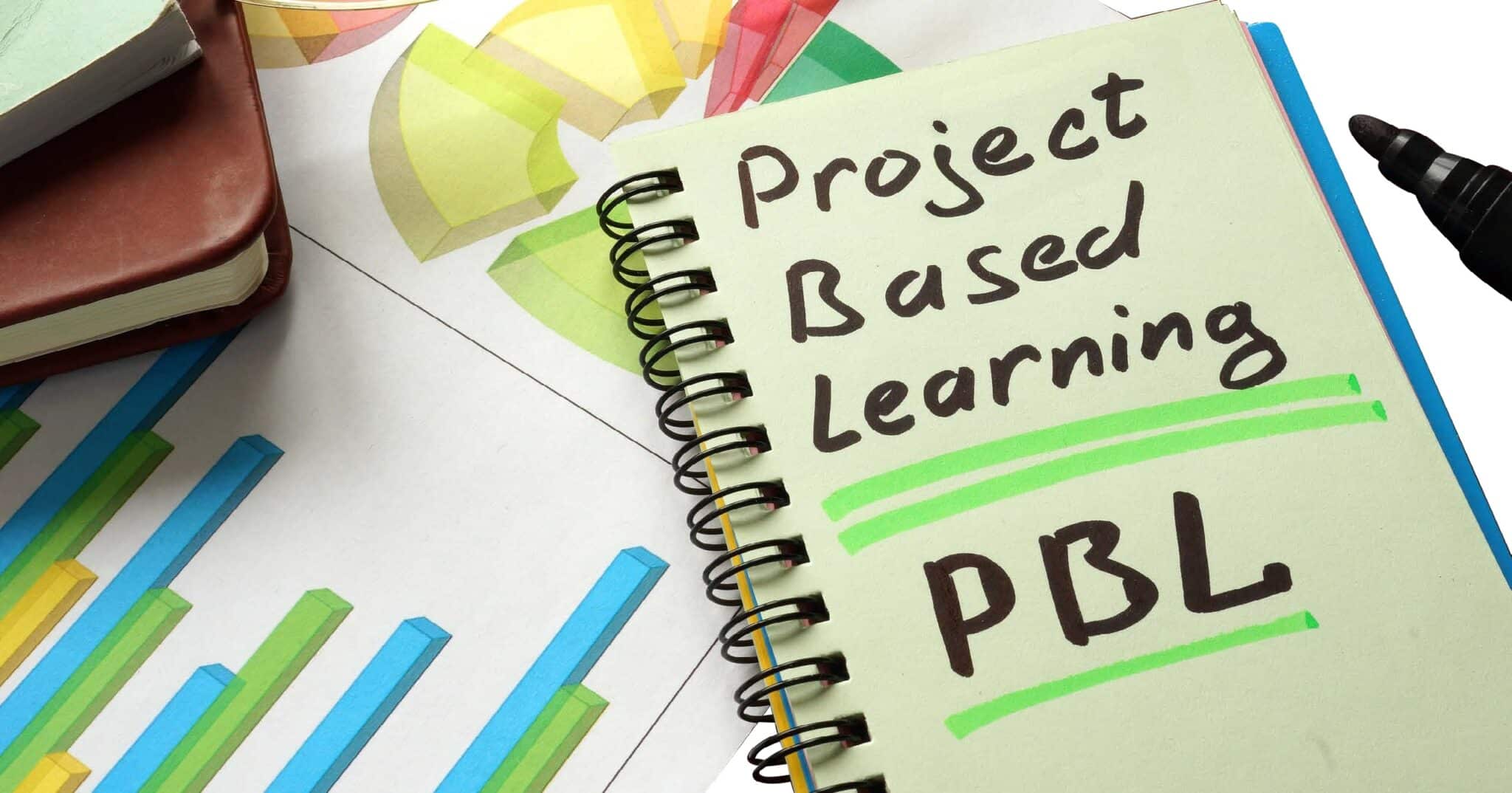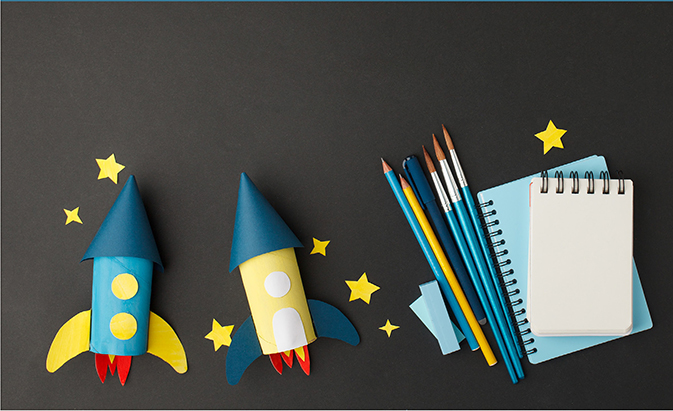
Yom Yerushalayim
August 20, 2020
Project-Based Learning: Start Here
March 1, 2021by Mrs. Candace Manor
With its dual curriculum, Jewish elementary schools like my own often find themselves in a quandary. How can we possibly cover all of our general and Judaic studies standards, while also instilling in our children a love for Israel and middot? The day simply isn’t long enough! Traditional models that leave disciplines in silos, with discrete times for each subject, can work but are not efficient uses of time, realistic facsimiles of what the skills look like in the real world, or particularly engaging. Project-based learning offers a solution to the unique challenges of dual-curriculum Jewish schools in that it promotes interdisciplinary inquiries centered around provocative, meaningful driving questions. Educators get more learning bang for their time buck.
Project-based learning is also an ideal vehicle for engaging our students in social justice initiatives and with mitzvot compelling us to care for those in our community who need a hand. The Mishnah tells us that the world itself sits on three pillars, one of which is acts of loving kindness. There is no better way to learn than to do, and we begin to encourage our children to take part in community-oriented giving from the earliest of ages.
New Diego
In our kindergarten class, we wanted our children to have the principles of tzedakah and chesed come to life as deeply held values. Project-based learning appropriately places children as the protagonists in their educational narratives and offers our students the opportunity to develop compassion for others, see themselves as change agents, and think critically about real problems in the world.
At the beginning of the project-based learning inquiry we came to call “New Diego,” we invited students to speak with their families about what problems they see in our community of San Diego. The children returned with lists of issues, which they then discussed with each other. Our students narrowed the list down to what they considered the three most pressing concerns of our city: homelessness, pollution, and earthquakes. We then asked the children our driving question: what would San Diego need to look like in order to solve these problems?
Tzedakah: Homelessness and Hunger
While homelessness is readily observable in San Diego, very few of our students have a personal connection to either insecure housing or hunger. We knew it would be important to build empathy for and knowledge about homelessness. The president of a homeless shelter spoke to us about what it is like to experience homelessness and the most urgent needs of homeless individuals. Our students were shocked to learn how many children in San Diego endure homelessness. We also read books, such as Uncle Willie and the Soup Kitchen and A Shelter in My Car, and watched videos about hunger and homelessness. The children began to think about the many challenges that are attendant to homelessness, such as hunger and safety concerns.
The children were eager to begin planning their buildings. They sketched buildings that looked an awful lot like their own homes. When we looked at a map of downtown San Diego where many of our homeless citizens live, we saw that there just wasn’t space to build streets of single-family homes. What about apartment buildings, one student wondered? Our sketches now featured buildings soaring high into the sky.
The children knew it wasn’t enough to have a roof over your head; you also need a full belly. A rabbi spoke to our students about the mitzvot for providing food for the hungry and we invited a Jewish farmer to speak to us about how he brings those commandments to life. The farmer also taught us about nutritious food and left us with seeds to grow. We looked at the San Diego map again and saw that downtown didn’t have room for a farm. How could we be creative with feeding the hungry when space is a precious commodity? We began thinking about using homes themselves as farms. The children ran to their building sketches to add rooftop and vertical gardens filled with fresh fruits and vegetables.
Science/Ecology: Pollution
We were now ready to tackle our next major issue, pollution. We learned about the common causes of pollution and wondered if we could address both homelessness and pollution in smartly designed buildings. We turned to an architect specializing in green design for ideas. He pointed us to Singapore as an exemplar of beautiful green architecture and urban planning. The children were captivated by the enormous natural expanses built into the city and thought about how inviting those spaces would be for wildlife. They determined that their New Diego must have similar green corridors as well. Many of the children’s families own electric cars and have pools powered by solar panels. This background knowledge led us to explore alternative energy sources to fuel our city. Now our sketches had wind turbines and solar panels on the roofs, as well as windows that doubled as solar panels.
While talking about our daily traffic, the children began to think about how much pollution comes from all of those cars. How could they reduce the number of cars on the road? The children were divided into two camps. One group thought the way to do it was by instituting draconian punishments for drivers who didn’t carpool. The other camp thought that a carrot would be more persuasive than a stick and suggested they build trains, with rewards for people who opted this mode of transportation. Happily, the latter camp prevailed.
Science: Earthquakes
At last, we were ready to take on earthquakes. While most of the children had never felt an earthquake, they knew of their destructive power and felt that it would be terribly cruel to construct a home that could not withstand a strong tremor. But which buildings are the strongest?
We found out that the University of California, San Diego has an earthquake simulator and discovered videos online of their experiments. Inspired by what they saw, the children tested out different building shapes, such as cylinders, pyramids, cones, rectangular prisms, cubes, spheres, by placing them on a tray and giving them a good shake. They then put different configurations together and noted that symmetrical designs resting on a flat face were particularly sturdy. This finding led some children to go back once again to their sketches to make additions and edits.
Building New Diego
With multiple drafts of designs in hand, the children were now ready to begin construction. They collected recycled materials, such as pasta boxes, bottle caps, and leftover crepe paper, and began crafting buildings that matched their carefully designed blueprints. One group of students painted a giant piece of plywood to match the coastline and landforms of San Diego, while another group used tinfoil to lay down our rail lines. Another committee plotted where buildings could go so as to ensure that there was adequate space for wildlife. A beautiful city was beginning to take shape until one student remarked that cities are more than just homes and green space. We voted to make three more buildings that could be fun for our citizens that we later named the Ruby Bridges Jewish Day School for Cool Kids, the Neil Armstrong Airport, and New Diego’s Best Veterinary Office. They drafted blueprints and partnered with middle school students who printed the designs on 3D printers.
Marketing New Diego
The children were thrilled to be nearing completion of the construction phase but a new problem arose. How could they convince others to move into our buildings and our city? Each child wrote a promotional flyer to prospective residents, detailing the many splendid features. Together, they wrote a jingle and recorded a commercial. Feeling incredibly proud of their hard work, the children invited their parents to the unveiling of New Diego. On the big day, they performed a ribbon cutting outside of our classroom and ushered in their awed parents.
Breaking the Silos
New Diego was a success on many levels. Without even realizing it, our students were learning many of our reading, writing, mathematics, and social studies standards. Even better, they were working in the disciplines as they appear in the world around them, rather than learning about the disciplines through worksheets. Similarly, the children were not passive participants in a tzedakah project. They were protagonists in discovering solutions to real problems in our community. Our students are still talking about New Diego two years later and care so deeply about the issues of hunger and homelessness that they are suggesting their own tamchui projects. Project-based learning allowed us to make the best possible use of our limited time and created lasting learning about the most Jewish of ideas: helping our fellow man.
Candace Manor teaches second grade at the San Diego Jewish Academy and is a Teacher Leader Fellow program at Brandeis University. As a teacher leader, she led an initiative last year to introduce faculty to project-based learning. Additionally, she is trained as a mentor teacher through the Jewish New Teacher Project and has traveled with Jewish educators to Reggio Emilia, Italy to study their phenomenal schools. [email protected]

